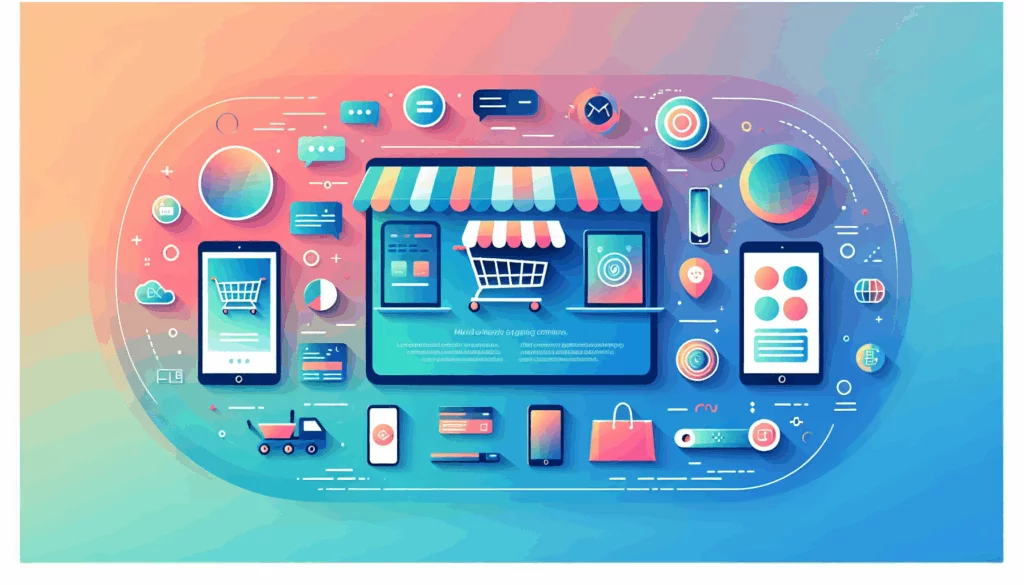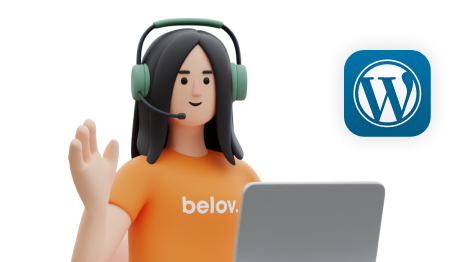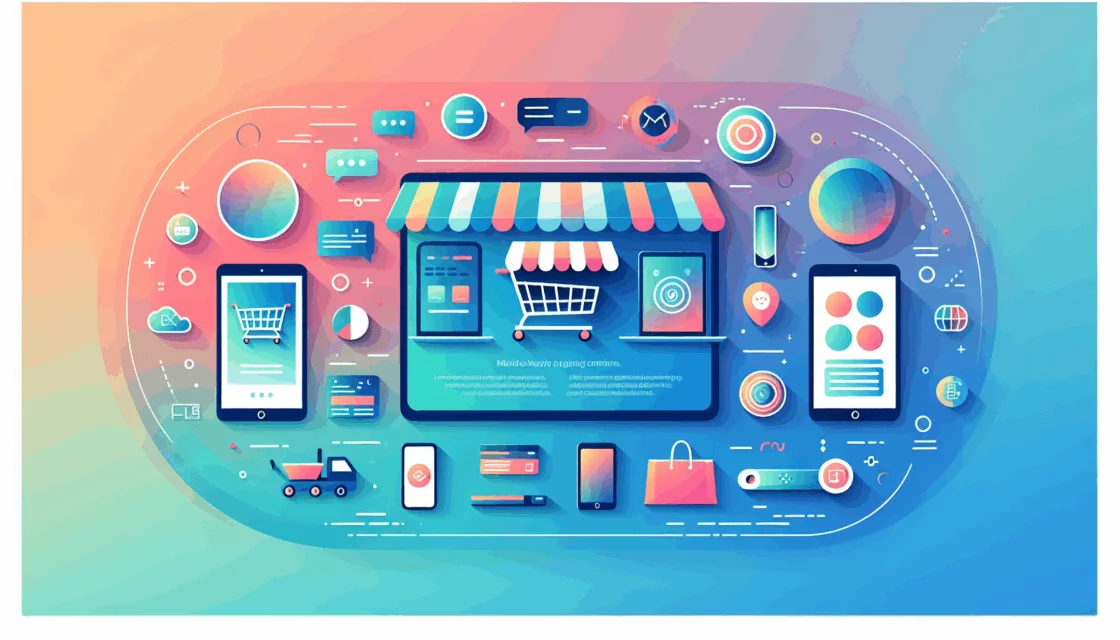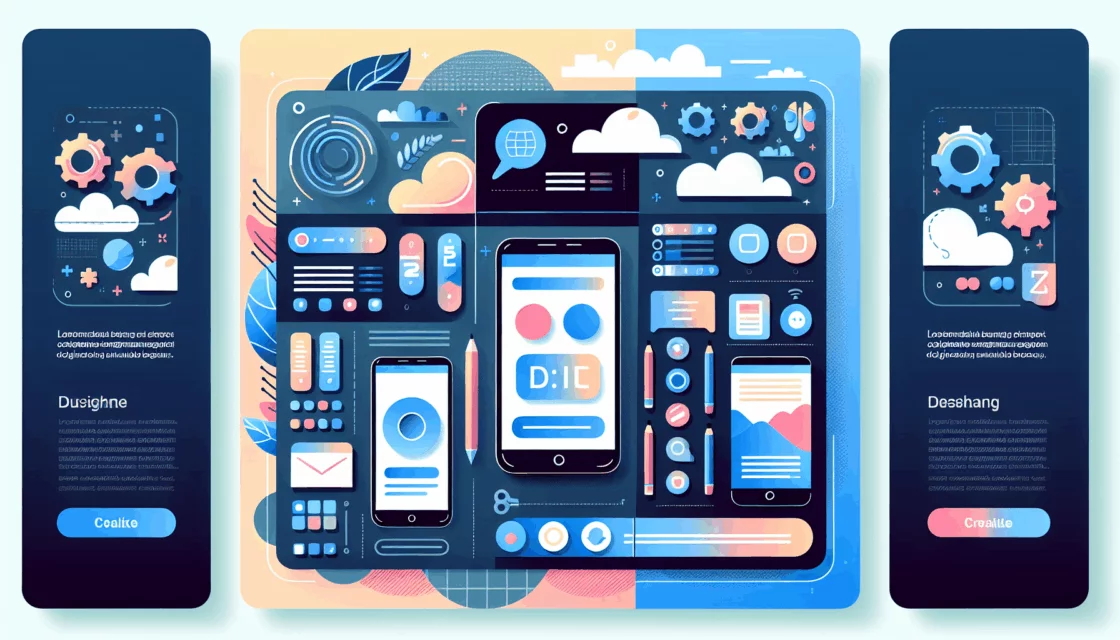
Crafting Inclusive and Visually Appealing Websites
When it comes to web design, there is a common misconception that creating an accessible website means sacrificing its aesthetic appeal. However, this couldn’t be further from the truth. In reality, incorporating accessibility principles into your design process can enhance the overall user experience for everyone, regardless of their abilities.
The Intersection of Aesthetics and Accessibility
A well-structured layout is crucial for both aesthetics and accessibility. Here are some key areas where these two aspects intersect:
Layout and Structure
A well-structured layout guides users through the content and helps them understand the relationships between different elements. To achieve this, use semantic HTML to create a logical document structure. This helps screen readers and other assistive technologies interpret the content correctly.
From an aesthetic perspective, employ grid systems and whitespace to create a visually appealing layout that’s easy to navigate. Ensure that the visual hierarchy aligns with the semantic structure of the content.
Inclusive Design Principles
Inclusive design goes beyond mere accessibility; it considers users’ diverse needs, backgrounds, and experiences. Here are some key principles to follow:
Discover Your Own Biases
Recognize your own biases and how they might influence your design decisions. This is crucial in ensuring that your design does not exclude certain groups of people.
Uncover User Needs and Pain Points
Conduct thorough user research to uncover the needs and pain points of your users. This helps in designing solutions that are tailored to their requirements.
Be Transparent and Descriptive
Ensure that your design is transparent and descriptive. Use clear and concise language in your UI elements, and provide alternative text for images to help screen readers.
Apply a Holistic Approach
Take a holistic approach to design, considering all aspects of the user experience. This includes the visual, auditory, and interactive elements of your website.
Real-World Examples of Inclusive Design
Apple Emoji Library
A notable example of inclusive design is the Apple Emoji library. Initially, all hand emojis were representative of a white-caucasian male. However, in 2015, Apple introduced a more diverse set of emojis, including those representing different physical capabilities, food, faith, flags, and more. This change made the emoji library more inclusive and reflective of the diverse user base.
Microsoft’s Inclusive Design Principles
Microsoft’s approach to inclusive design is guided by three fundamental principles: Recognize exclusion, Learn from diversity, and Solve for one, extend to many. These principles emphasize the importance of recognizing biases, involving diverse perspectives, and designing solutions that can benefit multiple groups of users.
Actionable Tips for Accessible and Aesthetic Design
Use High Contrast Colors
Ensure that your website uses high contrast colors to make text and other elements easily readable. This is particularly important for users with visual impairments. Tools like the WebAIM Color Contrast Checker can help you verify the contrast levels of your design.
Provide Alternative Text for Images
Always provide alternative text for images. This not only helps screen readers but also improves SEO by allowing search engines to understand the content of your images.

Implement Responsive Design
A responsive design ensures that your website is accessible and visually appealing across various devices and screen sizes. This includes using media queries to adjust the layout and styling based on the device.
@media (max-width: 768px) { /* Adjust styling for smaller screens */ }Use Accessible Typography
Choose typography that is clear and readable. Avoid using fonts that are too ornate or difficult to read. Also, ensure that the font size is adjustable to accommodate users with different visual needs.
Case Studies and Best Practices
Perkins Access Redesign
The Perkins Access redesign is a great example of how accessibility and aesthetics can be balanced. The team prioritized accessibility from the beginning of the design process, ensuring that the website was both beautiful and inclusive. This approach resulted in a website that is accessible to users of screen readers, keyboard users, and sighted users alike.
Conclusion and Next Steps
Designing a website that is both accessible and aesthetically pleasing is not a compromise; it’s an opportunity to innovate and create solutions that benefit everyone. By incorporating accessibility principles into your design process, you can create a website that is visually stunning and inclusive.
If you are looking to enhance your website’s accessibility and aesthetics, consider the following steps:
- Audit Your Website: Use tools like WAVE Web Accessibility Evaluation Tool to identify areas for improvement in terms of accessibility.
- Consult Experts: Reach out to experts in accessible design, such as those at Belov Digital Agency, for guidance and support.
- Stay Updated: Follow resources like the W3C Web Accessibility Initiative to stay updated on the latest best practices and guidelines.
By embracing both aesthetics and accessibility, you can create a website that is not only visually appealing but also truly inclusive, reaching a wider audience and making the web a better place for all.
For more information on how to design an accessible and aesthetically pleasing website, feel free to Contact Us at Belov Digital Agency. We are affiliated with top-tier hosting services like Kinsta, ensuring your website is not only accessible but also performs optimally.
Additional Resources
- WebAIM Color Contrast Checker: A tool to check the contrast levels of your design.
- WAVE Web Accessibility Evaluation Tool: A tool to audit your website for accessibility issues.
- W3C Web Accessibility Initiative: A resource for the latest best practices and guidelines on web accessibility.
By integrating these principles and tools into your design process, you can ensure that your website is both beautiful and inclusive, providing an outstanding user experience for all users.













